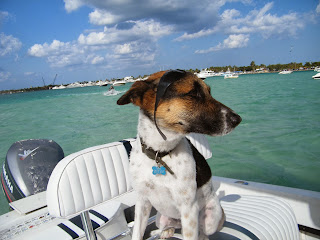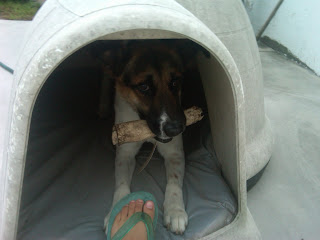When choosing a dog, you need to carefully consider if a dog is right for you. Think about how a new dog is going to change your life. They will take up your time and energy with feeding, grooming, exercise, and play. Dogs are loving animals and they want and need to spend quality time with you. So it's important that you and the dog are a good match
A few things to think about would be, where the dog will be living and the type of family it will be living with. The joyous time has arrived when it's time to pick out a dog. To find just the right new member of the family, many issues need to be thought about such as the size of the home, the amount of activity the dog needs, grooming requirements, members of the family, and the size and breed of the dog.
Just about any size of home is good for a dog, as long as the right size and breed is matched to the home. Larger dogs usually do better living in a home that has some type of backyard where they can get their daily exercise. They don’t like to be stuck in small spaces. There are several breeds of dogs that do great living in an apartment. Even the temperature and climate must be considered because certain breeds will do fine in a colder climate, but can’t handle the heat, while other breeds are much better suited for that environment.
One question you should ask yourself is, why do you want a dog? If looking for a dog to go out with and that can be friendly around other people, a Golden Retriever or a Beagle can be a great choice. If you want a dog that is good with children there are so many great choices. Also, for a guard dog, the easiest option would be a German shepherd or a Rottweiler.
You will need to keep in mind that different breeds will have to exercise more or less depending on which you choose. Smaller dogs usually can get by with running around and playing in the house. Bigger dog breeds need spend a long time to exercise each day. Also grooming can become an issue for some breeds who require more time and effort with brushing especially if that dogs sheds a lot.
Picking a dog that is still a puppy can be a challenge . They are puppies are adorable, but it can be difficult to tell a dog's personality when he's a few weeks old and if they will grow into a healthy adult. Although an adult dogs, unlike puppies, come with their own set of ingrained habits and behaviors. As challenging as it can be to train a puppy, a stubborn adult dog can be a huge headache to manage.
When you adopt a dog from a shelter you will getting a great companion, but you might be be saving that dog's life as well. There are some important things you need to consider when taking home a dog from the shelter. Like taking in a stray dog and giving him love and care will feel great, but this can be a tough choice if you haven't thought of the risks of having a dog with an unknown background.
So when you choose your dog, be sure you know what you want and what you can manage. A dog is a great companion and you must be sure you can take care of them.
Lucky Dog Mobile Pet Grooming
How to choose a dog.
12 years ago






